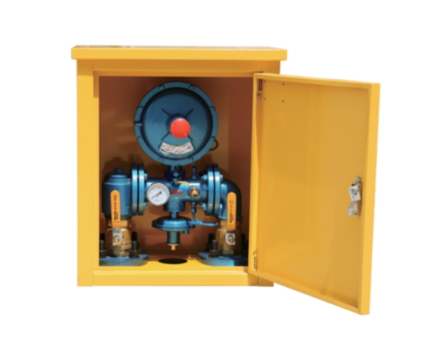
Dec . 09, 2024 18:02
Back to list
Pressure Regulation Valve and Its Importance in Hydraulic Systems
Understanding Pressure Relief Valves An Essential Component in Fluid Systems
Pressure relief valves (PRVs) are critical components in various industrial applications, ensuring the safe and efficient operation of fluid systems. They are designed to automatically release excess pressure in a system to prevent damage to pipes, tanks, and other equipment. This article explores the function, types, and importance of pressure relief valves in maintaining safe operational conditions.
What Is a Pressure Relief Valve?
A pressure relief valve is a safety device that controls or limits the pressure in a system or vessel by allowing the pressurized fluid to escape, thus maintaining a predetermined pressure level. When the pressure exceeds a set limit, the valve opens, allowing fluid to flow out and reducing the internal pressure back to a safe level. Conversely, when the pressure drops, the valve closes, preventing fluid from escaping.
Types of Pressure Relief Valves
1. Spring-Loaded Pressure Relief Valves These are the most common type of PRVs, which utilize a spring mechanism to determine the opening and closing pressures. The valve opens when the internal pressure exceeds the spring's preset force, and it closes when the pressure drops back to a safe level.
2. Pilot-Operated Pressure Relief Valves These valves use a pilot valve to control the operation of the main valve. They are often used in high-pressure applications and can provide more precise pressure control compared to spring-loaded valves.
3. Balanced-Bellows Pressure Relief Valves This type of valve uses a bellows mechanism to balance the pressure inside the valve body, allowing for more accurate regulation. They are particularly useful for handling media that can cause corrosion or solidification.
.
Importance of Pressure Relief Valves
صمام تخفيض الضغط

The significance of pressure relief valves cannot be overstated. Their primary role is to ensure safety by preventing overpressure situations that could lead to catastrophic failures. Here are a few reasons why they are essential
1. Safety The foremost reason for installing PRVs is to protect personnel and equipment. High-pressure systems can be hazardous; a failure to regulate pressure could result in explosions or ruptures, posing dangers to workers and the surrounding environment.
2. Regulatory Compliance Many industries are required to comply with strict safety regulations that mandate the use of pressure relief devices. Non-compliance can lead to legal repercussions and financial liabilities.
3. Equipment Protection Excessive pressure can damage pumps, pipes, and tanks, leading to costly downtime and repairs. By maintaining optimal pressure levels, PRVs extend the lifespan of equipment and enhance overall system reliability.
4. Operational Efficiency By ensuring that pressure levels remain within specified limits, pressure relief valves contribute to the efficient operation of fluid systems. This efficiency reduces energy consumption and operational costs, leading to improved profitability.
Maintenance and Testing
To ensure that pressure relief valves function effectively, regular maintenance and testing are vital. Over time, PRVs can become clogged, corroded, or otherwise impaired. Routine inspections should include checking the valve for leaks, ensuring that the spring maintains its tension, and testing the valve's setpoint to confirm that it opens and closes as intended.
Conclusion
Pressure relief valves are indispensable in managing the safety and efficiency of fluid systems across various industries. Their ability to prevent overpressure incidents protects both people and equipment, making them a critical investment for any operation that handles pressurized fluids. As technology advances, the design and functionality of pressure relief valves continue to evolve, enhancing their reliability and effectiveness in a diverse range of applications. Understanding the importance of these devices not only underscores their vital role in safety but also encourages responsible management and maintenance practices within industrial environments.
Latest news
-
Safety Valve Spring-Loaded Design Overpressure ProtectionNewsJul.25,2025
-
Precision Voltage Regulator AC5 Accuracy Grade PerformanceNewsJul.25,2025
-
Natural Gas Pressure Regulating Skid Industrial Pipeline ApplicationsNewsJul.25,2025
-
Natural Gas Filter Stainless Steel Mesh Element DesignNewsJul.25,2025
-
Gas Pressure Regulator Valve Direct-Acting Spring-Loaded DesignNewsJul.25,2025
-
Decompression Equipment Multi-Stage Heat Exchange System DesignNewsJul.25,2025

